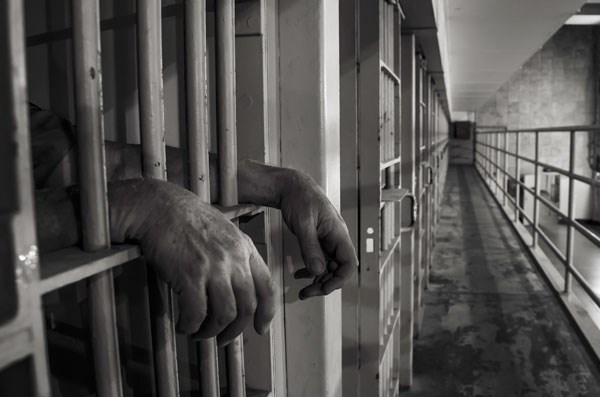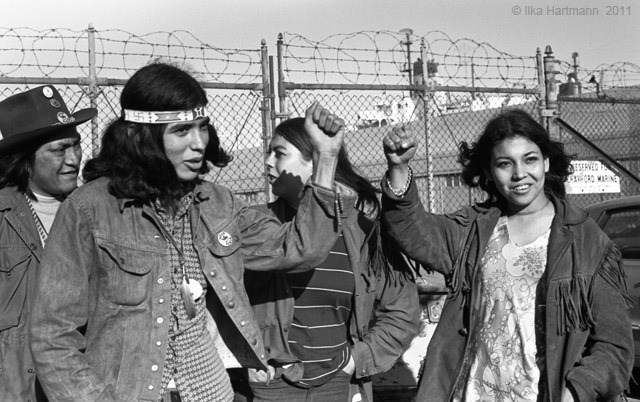|
Grades 9-12 Unlocking Alcatraz introduces students to Alcatraz Island - a controversial site that has witnessed the ongoing struggles to define justice and freedom - its limits and applications - for individuals, cultures, and society. Using Alcatraz Island as a departure point, students can conduct research with primary and secondary sources that unveil contrasting views on rights of political prisoners, the American Indian Occupation of 1969-1971, and changing opinions on human rights and rehabilitation. Students determine how Alcatraz has reflected society's view of rights and freedom - who is entitled, who is denied, and why. Unlocking Alcatraz uses the Understanding by Design framework, and aligns with standards for Literacy in Historical/Social Studies and Common Core Standards.Program Description Unlocking Alcatraz is framed by the Essential Question – "Does our democracy support activism or does activism support our democracy?"Unlocking Alcatraz is structured in three parts:
You and your students choose one of these compelling stories for your program: 
Alison Taggart-Barone/NPS Prisoners and Politics on the RockPolitical Prisoners on Alcatraz engages your students in a little known history of Alcatraz Island - a site that has witnessed the ongoing struggles to define justice and freedom - its limits and applications - for individuals and society. The first case study focuses on two men who were imprisoned during World War I: Robert Simmons, an African American soldier in France who sought conscientious objector status, and Phillip Grosser, Jewish anarchist, who protested the military on political grounds. The second story introduces Robert Lipscomb, African American federal penitentiary inmate labeled “race agitator” and “known homo,” who fought for civil rights within the prison walls during the segregated 1950s. 
Ilka Hartmann What is the meaning of freedom? The American Indian Occupation of Alcatraz is widely seen as one of the major political events in the struggle for Native American rights and recognition. This act of political protest places San Francisco at the heart of the national narrative on the civil rights movements of the last half century. How does gender and identity influence the memory and telling of political events? What parallels can students draw on today's occupations? What are students' definitions of civil disobedience? When is it justified? |
Last updated: September 22, 2022
